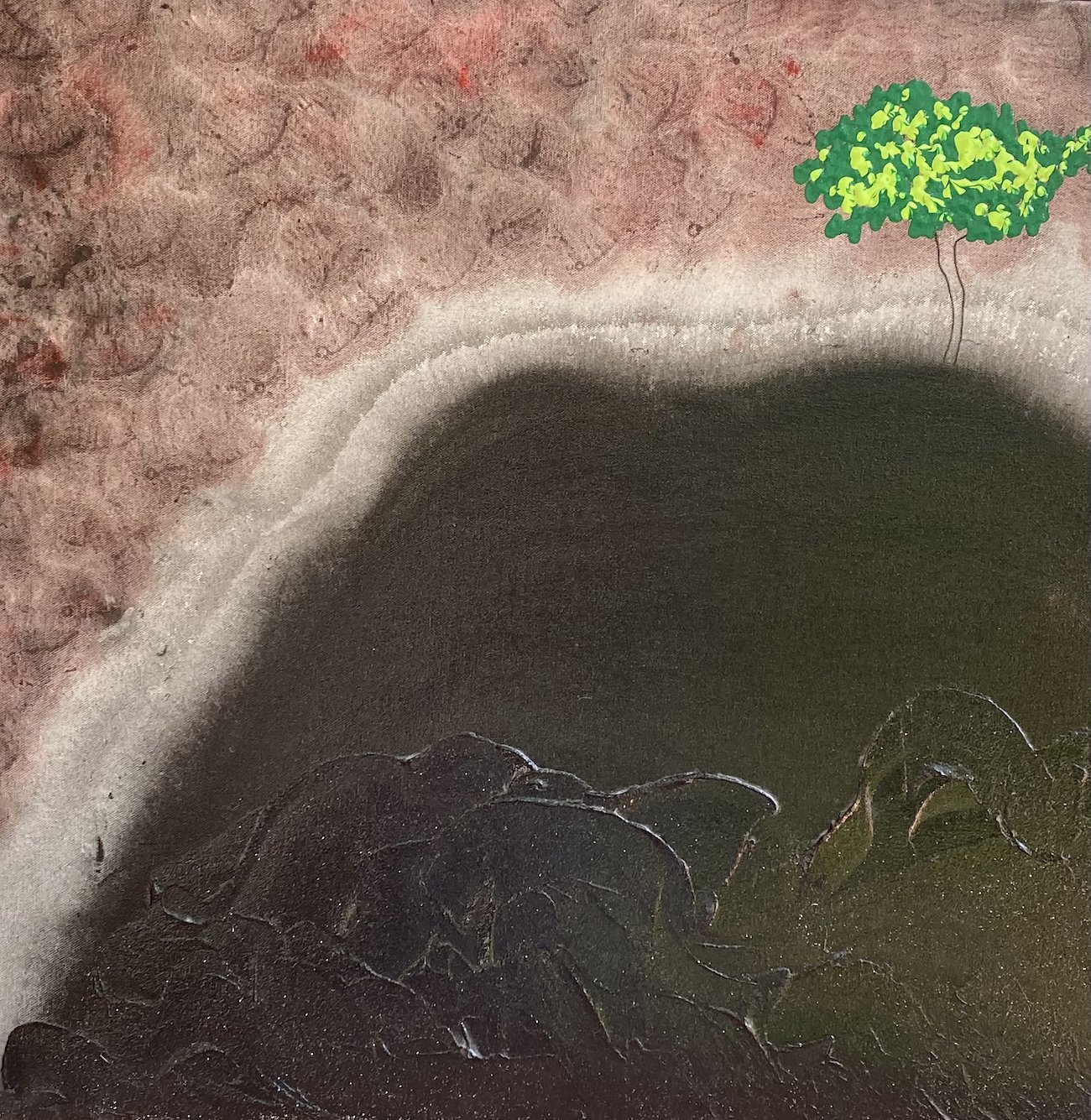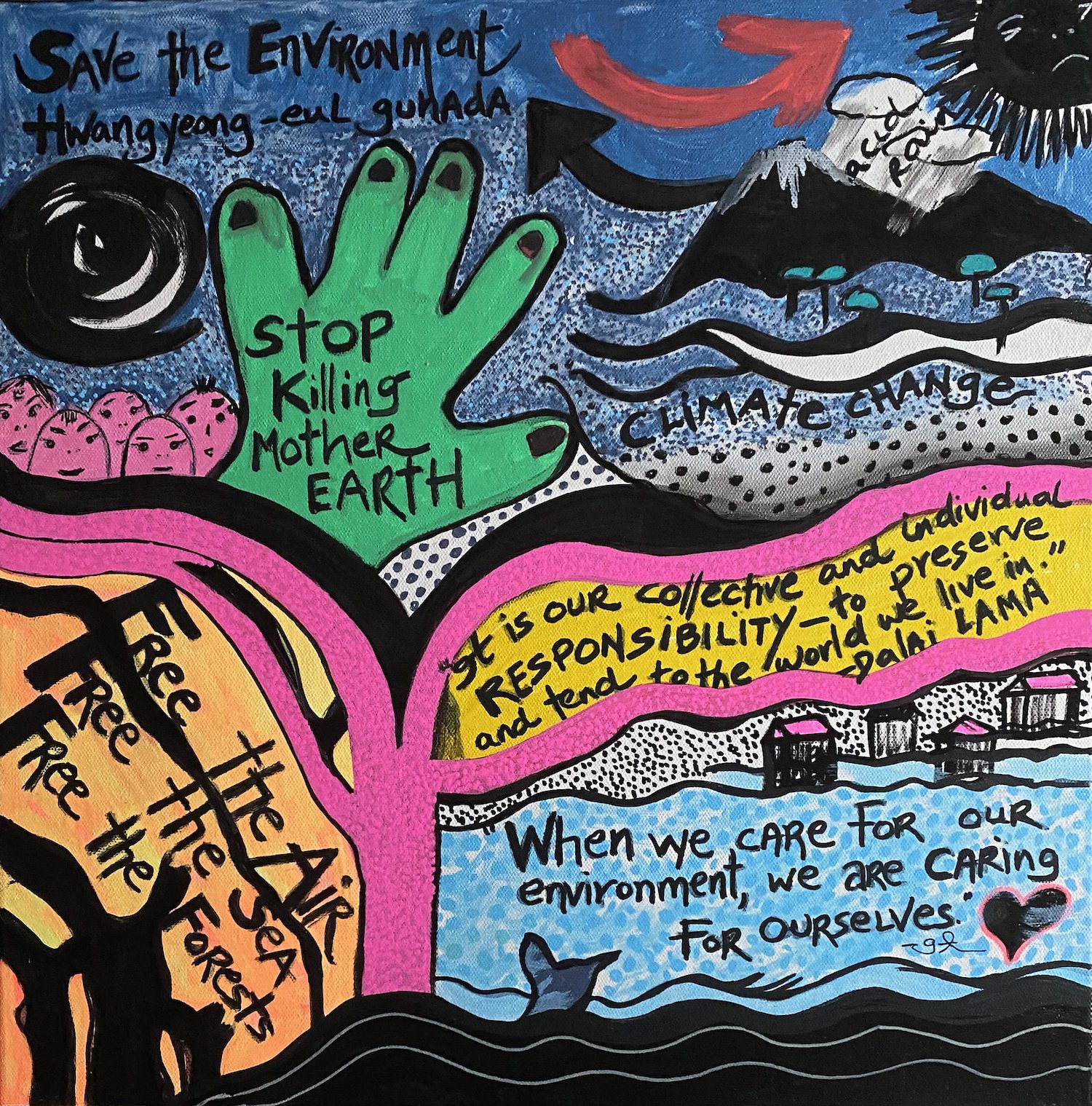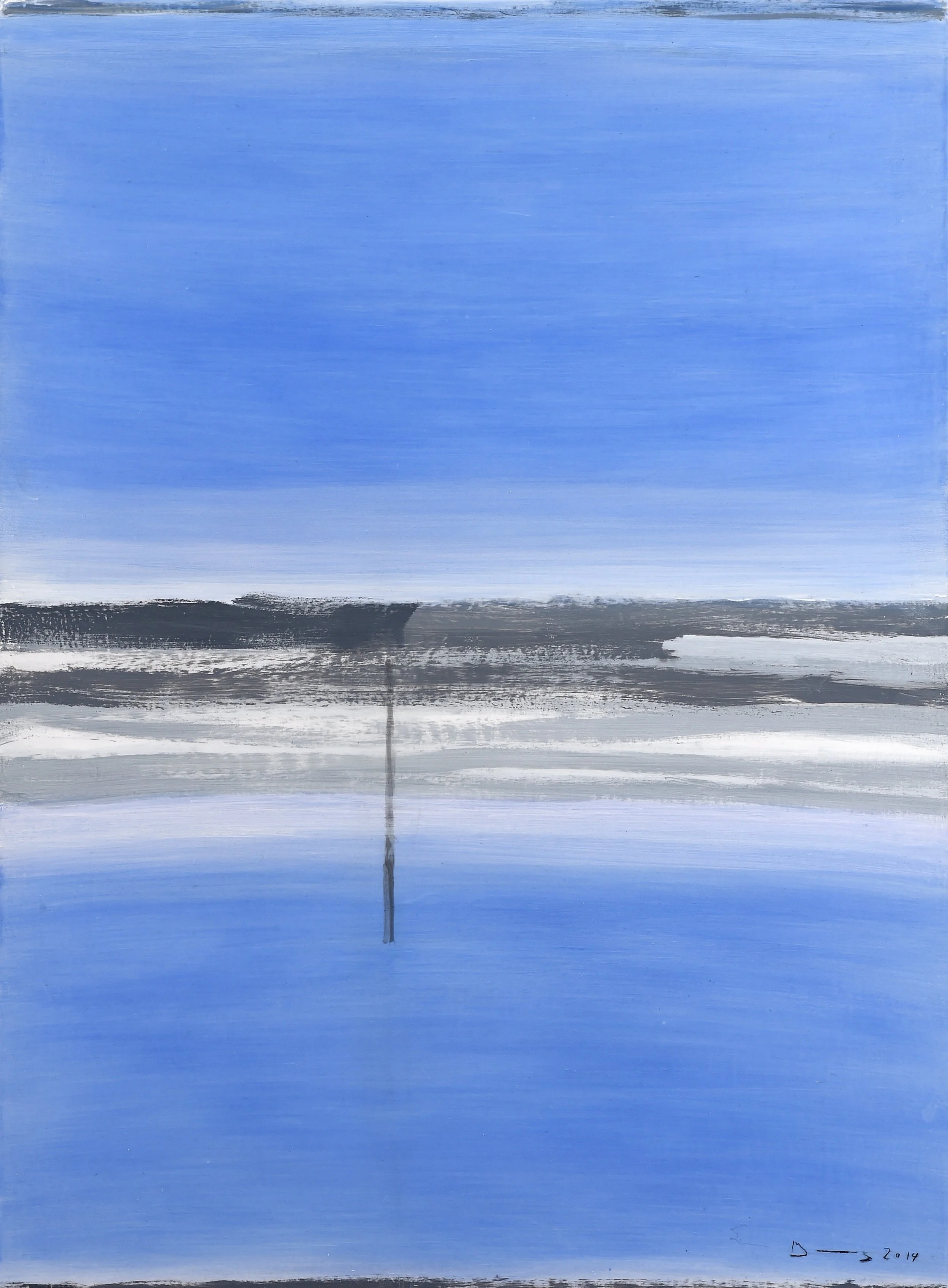Interview with Gloria Keh
Gloria Keh, 70, began painting since childhood. Her late father, the oil painter, Martin Fu was her first art teacher. She studied mandala art and symbolism for over 10 years in Melbourne, Australia. And undertook a short course in art therapy at an art college in Singapore. In 2008, Gloria founded Circles of Love, a non-profit charity outreach program, using her art in the service to humanity. Gloria has participated in over 80 exhibitions both internationally as well as in her home country, Singapore. She has been blessed with 18 international art awards.
We appreciate you taking the time to speak with us again. Could you please give us a brief overview of the new art project titled "Environmental Series"?
Making art for the environment is nothing new for me. Every year, I paint one or two works for Earth Day as I believe in honouring Mother Earth. The earth is our home planet. It is the only one we got. But this year, I was invited to participate in a four-member group exhibition in South Korea. And decided to create a specific new series of 12 paintings dedicated to the care and protection of our environment. Because the audience was going to be Koreans, I included Korean texts in Korean scripts in some of the works.
Could you tell us a little more about your background and how did you begin creating art?
I began painting since childhood, as my late father, Martin Fu, an oil painter was my first art teacher. He often painted landscapes and scenery on-site, the outdoors. His love for nature influenced me in many ways.
As an adult, I earned a living as a journalist but returned to art full time at age 42. I am now 70.
For over 10 years I studied mandala art and symbolism in Melbourne, Australia. In 2008, I founded a non-profit charity outreach program Circles of Love, using my art in the service to humanity.
What do your new artworks aim to convey to viewers?
Sadly, more often than not, people tend to take the environment for granted. They fail to realise that everything has a use-by date and that by protecting and caring for our environment, we help to save our home planet.
I want my art to stimulate thought, to bring about mindfulness. When we are mindful, we begin to pay attention. We realise how irresponsible actions and careless disregard for the earth, the soil and the environment will only affect our own fate. Our planet is in trouble: Mother Earth is crying out for help, but her cries fall on deaf ears. We by large are so wrapped up with ourselves that we merrily go on with our lives, thinking the earth and its resources will last forever.
Through my art I hope and want people to stop, look and think. About what each one of us can do to help protect and save our environment. To stop destroying it. For example, there is one painting in the series titled The Last Tree. God help us all when there is just one last tree standing. Deforestation must stop.
What measures are you taking to create a more sustainable environment in your life and your artwork?
I have always believed in recycling.
And even though one can call me a hoarder, I cannot understand why people just throw good things out to buy the latest of that product. In this context, I created the painting Waste Not, Want Not for the series.
In art, I try to use recycled materials, especially for my collages. I also participate in events honoring the environment, as I believe such support is essential.
Could you please tell us about the process of developing new artwork series? What was your workday routine like?
A lot of time is spent in solitude and silence. And in research. I read a lot about what I am intending to create and I work on my art journals as these journal entries often serve as a springboard for ideas.
Then when I am adequately ready, I approach the blank canvas and invoke its spirit. The first brushstrokes are more of a ritual. I rarely make sketches as I work from intuition.
I serve the painting. The painting is my master. It guides me, prompts me and I obey its bidding. The painting, as Picasso said is far more powerful than mine. If I listen to my inner voice and heart and place my entire trust in the painting, I know it will not let me down.
I usually work in the mornings and afternoons. In natural full-spectrum lighting, because I love the energy of the elements. For larger canvases, I paint outdoors in very hot humid conditions, typical of equatorial Singapore. Often in a swimsuit, because of the intense heat. But I am surrounded by trees and lush foliage with the sound of pouring water from my garden fountain. I find this both very soothing and at the same time invigorating.
Because of age and physical limitations, as well as advice from the hospital physiotherapist, i now work for like two hours at a stretch vs the much much longer durations I could work before. I need to stop for about half an hour or so, before returning to paint. This I don’t like but thats life, and physical pain have given me the wisdom to accept this situation. Thus the changes in my workday.
Do you have a core concept that influences your creative expression?
All my work is to fulfil my soul’s purpose. All my work, if sold, is for charity. My reward is in the painting process. And that is enough for me.
All my work is first and foremost for inner peace as without inner peace, there can be no outer peace. Peace of mind is essential and lays the foundation for my art. I believe that peace begins with me. These concepts are deeply embedded in the core of my being.
What role, in your opinion, does the artist have in society?
Artists are special people as we have been blessed with the ability to create.
Yes, many artists need to sell their works to survive. But the gift of art must also be shared. And when we share, we grow. Artists should ideally use their god given talents to impart important messages to people. This artists can do expressing and creating beauty. And the beauty in itself is a form of healing. As artists let us help heal the planet.
In what ways, in your opinion, might art contribute to the protection of the planet?
I think artists can deliver important messages through their art. Hopefully, through exhibitions, the media, people will come to notice the art and the messages will sink in. And maybe someone somehow out there will do something to help save the planet. That person will respect and care for the environment: even if it means carrying one’s own shopping bag and/or saying no to plastics, every little bit counts. Awareness can be increased. There will be more consciousness around.
Do you have any recommendations for artists who want to use their talent to help the planet?
It does not mean one always has to spend money to spread and increase awareness. There are for instance lots of opportunities on social media to post one’s art messages to save the environment. It just takes time and effort to put one’s artworks out there. You might say that your message failed and hence wasted your time as your post did not secure the number of likes and compliments you desired. But there is a reason for everything and even if only one person was touched by your art message and made a conscious change in his or her response to the environment, I would say you did well. You reached out and that is all that matters.
Do you have any upcoming events or exhibitions we should know about?
Yes, am in several exhibitions in the next few months, including my solo exhibition Energy which will be held in July at the Haegeumgang Theme Museum in South Korea.
In September, I will be participating in a group exhibition in Turkey on No War: Stop Killing Children. Like saving the earth, these are the kind of themes that I strongly support. Issues will always be very important to me.
Website https://www.gloriakeh.com














